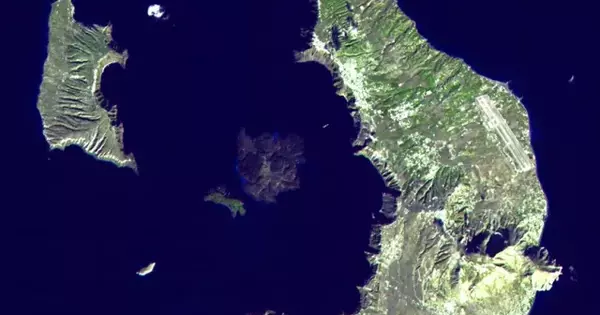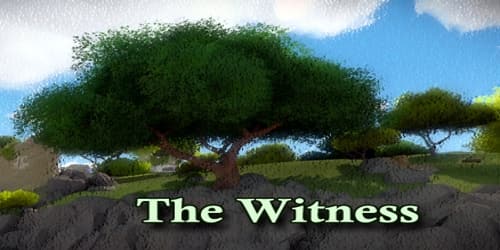The Santorini caldera is a large, mostly submerged caldera in Greece’s southern Aegean Sea, 120 kilometers north of Crete. The circular Santorini island group is visible above water, consisting of Santorini, the main island, Therasia and Aspronisi on the outskirts, and the Kameni islands in the center. It was designated as a Decade Volcano.
According to a mission member, a team of scientists will use a drill ship in December to trace the geological history of the southern Aegean, including the volcanic eruption that reshaped the Greek island of Santorini.
“It’s the first time that an oceanographic mission of this scope is carried out in Greece,” Olga Koukousioura, a micropalaeontology researcher at Aristotle University of Thessaloniki, told AFP.
Starting December 11, the US drill ship Joides Resolution will extract samples from six locations at a depth of between 360 and 860 meters (1,180-2,822 feet) off the popular Greek travel island.
Santorini is an open geological museum, a natural laboratory.It’s the first time that an oceanographic mission of this scope is carried out in Greece.
Evi Nomikou
The samples, according to Koukousioura, could also yield historical climate data useful for modern research. The Santorini volcano, whose geological history will also be studied, is merely the epicenter of an Aegean Sea volcanic arc stretching from Methana on the Athens coast to the Cycladic islands of Milos and Nisyros, according to the scientist.
“Santorini is an open geological museum, a natural laboratory,” said Evi Nomikou, an assistant professor of geological oceanography and natural geography at the University of Athens.
A team of around 30 researchers from the United States, China, India, Japan, and Australia will undertake the two-month mission financed by the International Ocean Discovery Program until February 10.

The volcanic complex of Santorini is the most active part of the South Aegean Volcanic Arc, which includes the active volcanoes of Methana on the mainland of Greece, Milos, Santorini and Nisyros. It is formed by the subduction of the African tectonic plate underneath the Aegean subplate of the Eurasian tectonic plate, which occurs at a rate of up to 5 cm per year in a northeasterly direction. This subduction causes earthquakes at depths of 150–170 km.
Best known for its picturesque sunsets that draw hundreds of thousands of visitors annually, Santorini was completely reshaped by a volcanic eruption around 1600 BCE that wiped out a culturally advanced Minoan colony.
Geothermal activity, accompanied by seismic tremors, is still prevalent today. The most recent major eruption of the volcano, beneath the uninhabited black lava islet of Kameni near Santorini, occurred in 1950.
The Joides Resolution can recover sediments and rocks from deep beneath the seabed. It was part of a mission to the South Pacific in 2017 to search for Zealandia, the so-called “lost continent” that was submerged millions of years ago.
















